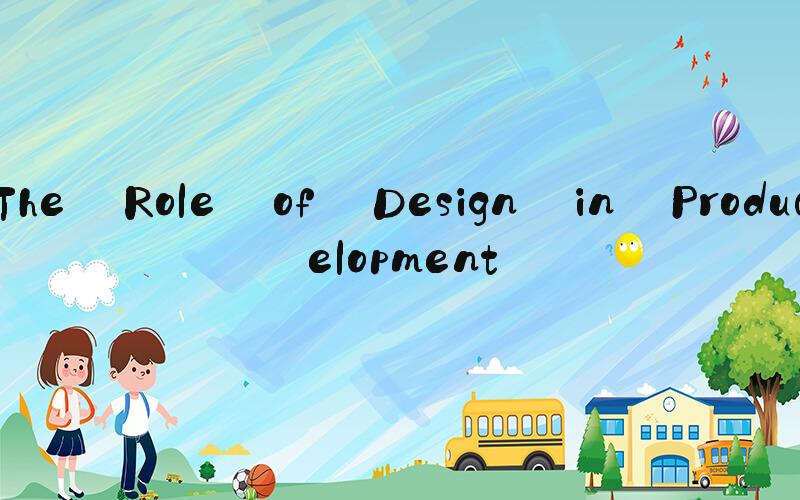 Introduction
IntroductionDesign plays a vital role in shaping our world. From the products we use to the spaces we inhabit, design influences our daily lives in ways that we often take for granted. At its core, design is about problem-solving, creativity, and communication. In this article, we will explore the importance of design in various fields and how it impacts our lives.
The Role of Design in Product DevelopmentProduct design is essential in creating products that are not only aesthetically pleasing but also functional and user-friendly. A well-designed product can improve user experience, increase productivity, and even save lives. Designers use a range of tools and techniques such as user research, prototyping, and testing to create products that meet the needs of users.
Take, for example, the design of a smartphone. A good smartphone design should not only be visually appealing but also functional and easy to use. User research is conducted to understand the needs of the users, and prototyping is used to test the device's usability. Through a design thinking process, designers iterate on their designs until they create a product that satisfies users.
Design in ArchitectureArchitecture is another field where design plays a crucial role. The design of buildings can have a significant impact on the environment and the quality of life of the people who use them. Good design can make a building more energy-efficient, improve indoor air quality, and create a sense of community and belonging.
The design of a building also needs to be functional and meet the needs of the people who will use it. For example, a hospital needs to be designed in a way that allows patients to receive the care they need while also keeping them comfortable and ensuring the safety of staff and visitors. Architects use a range of tools such as computer-aided design software and 3D modeling to create and test their designs before construction begins.
Design in Graphic DesignGraphic design is all around us, from billboards and logos to websites and mobile apps. Good graphic design is essential in creating a clear and effective message that connects with the audience. A well-designed logo, for example, can convey the values and personality of a brand in a single image.
Designers use typography, color, and layout to create visually appealing and easy-to-read designs. They also consider factors such as the target audience, the medium the design will be used on, and the message the design needs to convey. Graphic design is a constantly evolving field, and designers need to stay up-to-date with new tools and techniques to remain competitive.
The Future of DesignThe importance of design will only continue to grow in the future. As technology advances, designers will need to embrace new tools and techniques to create products and build environments that meet the needs of an ever-changing world. The rise of artificial intelligence and machine learning will also play a role in design, offering new opportunities to automate design tasks and provide personalized experiences to users.
As the world becomes more interconnected, cross-cultural design will become increasingly important. Designers will need to consider different cultural values, norms, and expectations when creating products and environments that will be used by people from diverse backgrounds.
ConclusionDesign impacts our lives in countless ways, from the products we use to the spaces we inhabit. Good design is essential in creating products and environments that meet the needs of users and enhance their quality of life. As the world continues to evolve, designers will need to embrace new tools and techniques to create innovative solutions that improve our world.
